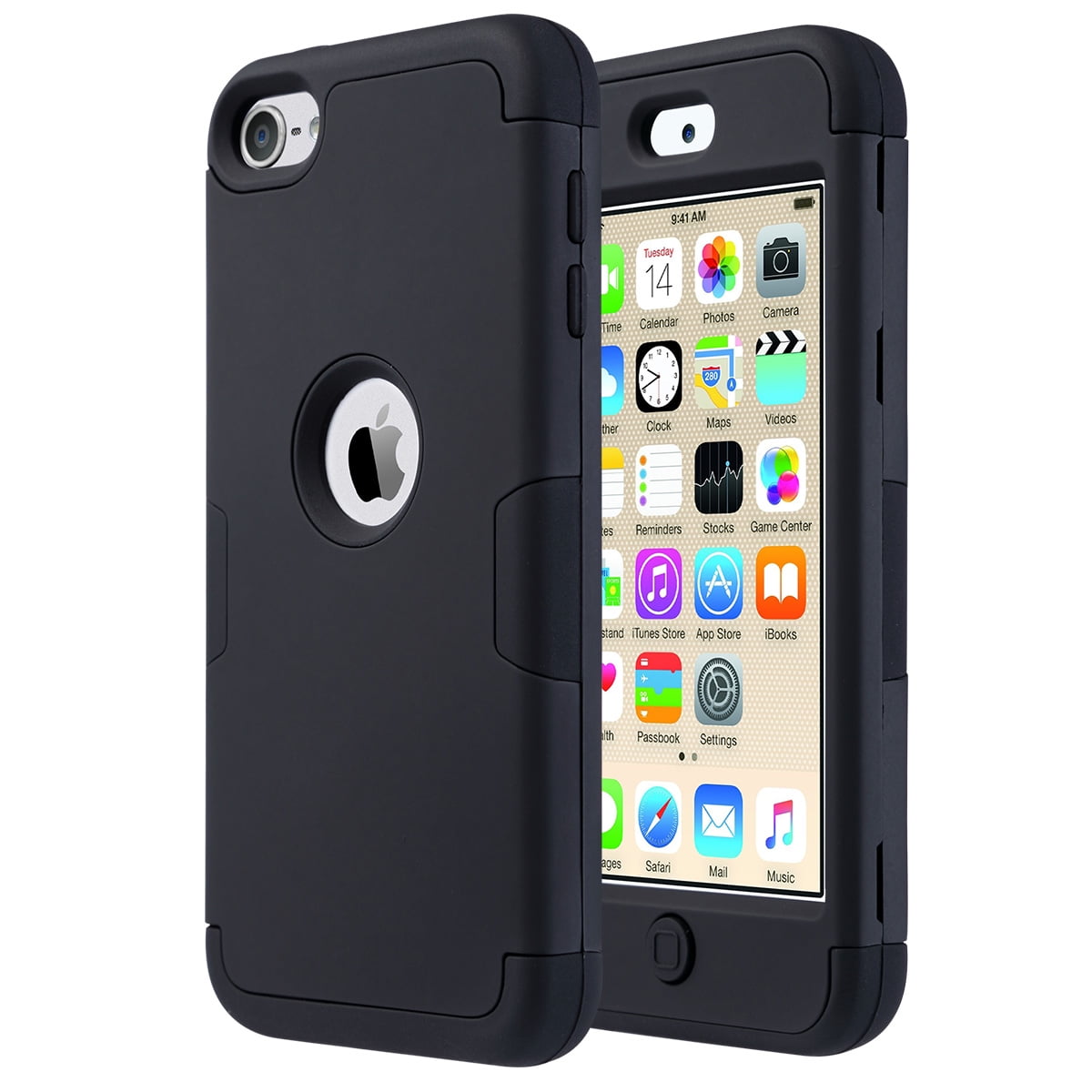
scrubs market (compared to ~15% for Figs) and represents Figs’ largest competitor. Barco Uniforms, licenses Skechers and Grey’s Anatomy brandsĬareismatic is estimated to own ~40% of the U.S.Careismatic, maker of Cherokee uniforms, Dickies Medical, and more.Competitors include, but are not limited to: As I show below, Figs’ profitability is best-in-class.Ĭompetition Is Plentiful, but Figs Is More ProfitableĪs a new startup focused solely on DTC sales, Figs must disrupt incumbents and fend off similar startups. In other words, the firm is efficiently scaling its sales and marketing, something that cannot be said of many high-growth businesses and recent IPOs.Ĭustomer retention, owning the sales experience, and efficient customer acquisition provide competitive advantages, but ultimately need to result in higher profitability if Figs is to grow market share long-term. Luckily for investors, Figs’ selling costs have fallen from 22% of revenue in 2019 to 20% of revenue in 1Q21, and marketing costs have fallen from 30% of revenue to 12% of revenue over the same time. The DTC business model only works if Figs can efficiently acquire new customers, as spending too much on marketing undermines profitability.

Without a retail presence, Figs is reliant upon word of mouth and traditional marketing to raise awareness of its products. 63% of those customers purchased a third time, and 70% of those customers purchased a fourth time. Per its S-1, for customers that were acquired between 20, 50% purchased a second time. This model can drive higher customer retention, as is the case with Figs. Such a business model allows the firm to market directly to consumers (which has also brought controversy) and control all aspects of the customer experience.īy owning its customer data and not relying on foot traffic to traditional retailers that may be unwilling to provide shelf space, Figs can better manage its sales process. The firm notes in its S-1 that it sells 98% of its products through its website or mobile app. With the retail industry increasingly moving online, Figs has shown it can build a business without traditional brick-and-mortar stores. For reference, the overall global apparel market is expected to grow at a slightly lower CAGR of 5.5% over the next five years.ĭTC Model Removes Middleman and Helps Build Customer Loyalty TAM is expected to grow 6% compounded annually over the next five years, according to a Frost & Sullivan study. scrubs market, Figs’ holds ~15% market share based on its 2020 revenue. By using Forbes’ estimates for just the U.S.

Given revenue of $263 million in 2020, Figs’ market share is just 2% of its U.S.

Figs notes in its S-1 that it is the largest direct-to-consumer (DTC) platform in healthcare apparel and operates in the largest and fastest growing job segment (healthcare) in the United States.īased on a Frost & Sullivan study, Figs estimates its 2020 total addressable market (TAM) to be $12 billion in the United States.


 0 kommentar(er)
0 kommentar(er)
